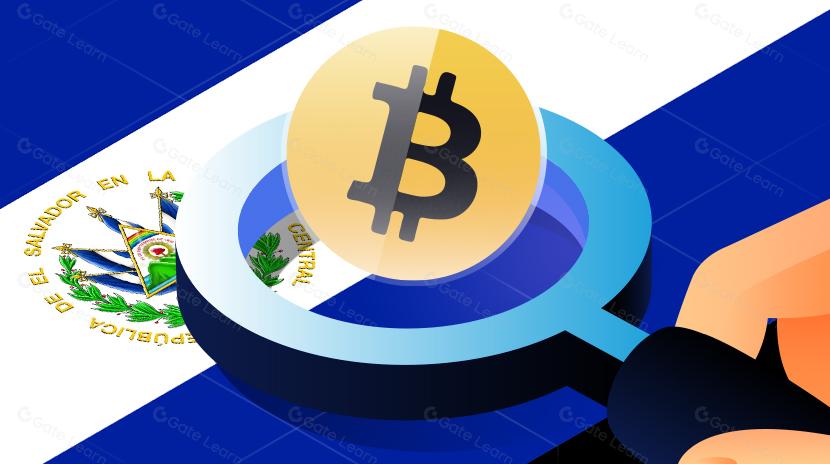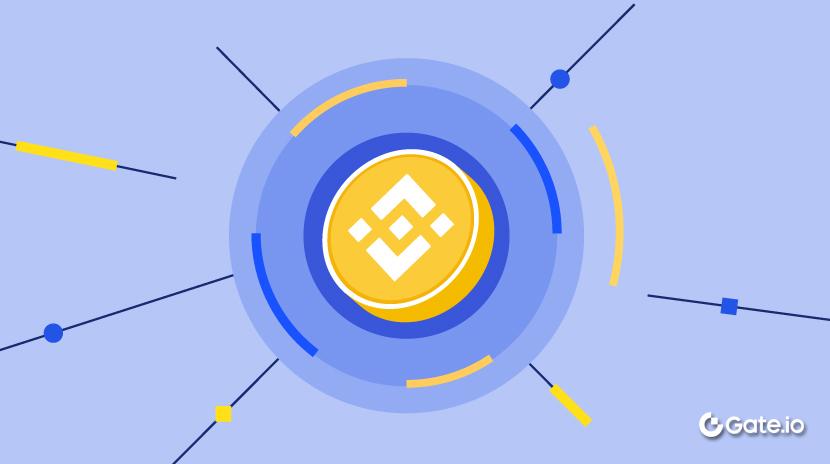Explorador de Blocos

O que é um Block Explorer?
Um block explorer é uma ferramenta online que permite visualizar dados da blockchain de forma clara e acessível. Organiza transações, blocos, endereços e informações de smart contracts em páginas web facilmente navegáveis. Funciona como um “motor de busca do registo público”—permite verificar se uma transação foi realmente registada na cadeia.
Neste contexto, um endereço equivale a um número de conta bancária, servindo como identificador para enviar e receber ativos. Um bloco representa uma “página” do registo, contendo um conjunto de transações. Os block explorers agregam esta informação, permitindo a qualquer utilizador verificar registos on-chain sem necessidade de gerir um node próprio.
Como funciona um Block Explorer?
Os block explorers ligam-se a nodes—servidores que executam software de blockchain. Recolhem dados de novos blocos e transações, processam e indexam essa informação, e apresentam-na numa interface web. Também recuperam o estado das transações “pendentes” da mempool (memory pool), onde transações não confirmadas aguardam inclusão na blockchain.
Cada transação apresenta o número de confirmações, indicando quantos blocos subsequentes a validaram. Quanto maior o número de confirmações, menor a probabilidade de reversão da transação. Também pode consultar as taxas de gas: o gas é a taxa de processamento paga a miners ou validators para que a sua transação seja incluída num bloco.
Muitos block explorers decodificam eventos de smart contracts, convertendo registos brutos em entradas legíveis como “transferência de token” ou “aprovação”. Também rotulam endereços e contratos com tags de origem para facilitar o acompanhamento e análise.
Que informação encontra num Block Explorer?
Os block explorers disponibilizam detalhes como o hash da transação, timestamp, altura do bloco, estado (sucesso ou falha), endereços de remetente e destinatário, montante transferido e taxas pagas. O hash da transação funciona como um recibo único, permitindo identificar qualquer transação com precisão.
Pode consultar detalhes de transferências de tokens, transações internas (desencadeadas por smart contracts), registos de eventos (semelhantes a recibos detalhados), informação de contratos de tokens, distribuição de detentores e estado de verificação de contratos. Os dados de bloco incluem o produtor do bloco, o tamanho do bloco e o número de transações agregadas.
As páginas de endereço agregam normalmente o saldo, histórico de transações, tokens e NFTs detidos, e registos de aprovação (autorizações concedidas a smart contracts para utilização dos seus tokens). Estas páginas são essenciais para auditorias de ativos e gestão de risco.
Como utilizar um Block Explorer?
O uso mais comum é verificar se uma transferência chegou ao endereço de destino e consultar o número de confirmações e as taxas associadas.
Passo 1: Obtenha o hash da sua transação—normalmente disponível nas transações enviadas da sua wallet ou na página de registo de depósitos da exchange.
Passo 2: Abra o block explorer da rede relevante. Por exemplo, utilize um explorer Ethereum para transações Ethereum—não misture explorers de diferentes cadeias.
Passo 3: Cole o hash da transação na barra de pesquisa para aceder à página de detalhes da transação. Verifique o estado, número de confirmações e o montante real de tokens transferidos.
Passo 4: Para transferências de tokens, confirme que o endereço do contrato do token está correto. Muitos tokens têm nomes idênticos; só o endereço do contrato os identifica de forma única.
Passo 5: Se a transação falhar, analise o motivo do erro e as configurações de gas. Ajuste as taxas ou tente novamente, se necessário.
Como podem os Block Explorers ajudar a resolver problemas com depósitos e levantamentos?
Um block explorer permite determinar se o seu depósito ou levantamento está bloqueado na cadeia ou no processamento interno da plataforma. O fundamental é comparar o hash da transação e o número de confirmações.
Na página de registo de depósitos da Gate, pode normalmente clicar no hash da transação para aceder ao block explorer e acompanhar o progresso on-chain. Se o explorer indicar “sucesso” com confirmações suficientes, mas os fundos ainda não tenham chegado à conta, pode indicar que tokens baseados em contratos exigem processamento adicional ou aguardam creditação. Se as confirmações forem insuficientes, terá de aguardar que sejam minados mais blocos.
Passo 1: Certifique-se de que está a utilizar o block explorer correto para a sua cadeia—deve corresponder exatamente à rede do depósito.
Passo 2: Na página de detalhes da transação, confirme se o estado é de sucesso e se foi uma “transferência de token” (não apenas uma chamada de contrato sem movimentação de ativos).
Passo 3: Verifique se o endereço de receção corresponde ao endereço de depósito da Gate e se o endereço do contrato do token é suportado na página de depósito.
Passo 4: Consulte o progresso das confirmações. Cada cadeia exige um número diferente de confirmações; a página de depósito da Gate mostra “confirmações atuais/requeridas”. Assim que o requisito for cumprido, a creditação é habitualmente automática.
Como utilizar Block Explorers para Smart Contracts e NFTs?
A página de contrato num block explorer apresenta o endereço do contrato, estado de verificação do código, informação do criador, links para visualização do código fonte e registos de eventos. Um smart contract é essencialmente código que executa regras pré-definidas automaticamente; quando as transações ativam contratos, geram registos de eventos que o explorer converte em entradas legíveis.
Pode consultar o separador “Eventos” na página do contrato para verificar se uma chamada específica originou uma transferência de token ou aprovação. Os registos de aprovação indicam quais contratos ou endereços têm permissão para gerir os seus tokens—rever regularmente estas autorizações reduz o risco.
Nas páginas de NFT, encontrará detalhes do contrato, informação da coleção, endereços de detentores para cada TokenID e históricos de transferências. Para confirmar a posse de um NFT, aceda à página do TokenID; o endereço do detentor e o timestamp serão apresentados de forma clara.
Principais opções de Block Explorer e diferenças essenciais
A maioria das blockchains tem block explorers dedicados. As diferenças incluem redes suportadas, velocidade de atualização de dados, qualidade da rotulagem/tagging e disponibilidade de ferramentas avançadas. O ecossistema Ethereum dispõe de vários explorers para redes EVM, enquanto Bitcoin, Solana e outras contam com explorers especializados.
Em 2025, o suporte multichain tornou-se padrão—os principais explorers oferecem tagging de endereços cross-chain, ferramentas de monitorização de tokens e serviços API. Alguns focam-se na verificação de código de contratos e análise de permissões; outros priorizam visualizações gráficas de dados e mapeamento de fluxos de fundos. Escolha sempre o explorer principalmente em função da cadeia que está a utilizar.
Quais os riscos ao utilizar Block Explorers?
Os riscos resultam sobretudo de domínios de phishing, seleção incorreta de rede, nomes de tokens semelhantes e interpretação errada de dados. Sites falsos podem usar anúncios ou links enganosos para tentar obter informações sensíveis—confirme sempre o domínio oficial e adicione explorers confiáveis aos favoritos.
Escolher a rede errada pode fazer com que a transação não apareça ou seja considerada “desaparecida”; nomes de tokens idênticos geram confusão—confie sempre nos endereços de contrato de token. Uma transação “bem-sucedida” não garante creditação de ativos; por vezes apenas ativa um contrato errado ou exige etapas adicionais de reivindicação.
Em termos de privacidade, os block explorers tornam os dados do registo público facilmente acessíveis; o tagging de endereços pode expor padrões comportamentais. Evite associar a identidade pessoal a endereços de blockchain em ambientes públicos para reduzir riscos de profiling.
Como integrar Block Explorers na sua rotina Web3?
Considere os block explorers como ferramenta principal de verificação e segurança: utilize hashes de transação para verificar cada transferência; monitorize o número de confirmações em depósitos/levantamentos; confirme sempre os endereços de contrato de token antes de comprar; reveja e revogue aprovações desnecessárias regularmente. Ao ligar os registos de depósito da Gate aos detalhes on-chain através dos explorers, cria um circuito robusto para validação eficiente entre blockchain e plataforma—reforçando a segurança e comodidade.
FAQ
Porque é que a minha transferência aparece como “pendente” num Block Explorer?
“Pendente” significa que a transação aguarda confirmação na rede—normalmente devido a congestionamento ou taxas de gas baixas. Pode inserir o hash da transação (Tx Hash) no block explorer para obter mais detalhes; depois aguarde que os miners a incluam num bloco ou acelere o processamento aumentando a taxa de gas. Se permanecer sem confirmação durante muito tempo, considere cancelar e reenviar a transação.
Como verificar se um endereço de wallet é fiável através de um Block Explorer?
Insira o endereço da wallet num block explorer para consultar o histórico de transações, tokens detidos e registos de interação. Observe os períodos de atividade, frequência de transações e envolvimento com vários smart contracts ou projetos. Se identificar movimentos frequentes de grandes valores ou interações com projetos reconhecidos como fraudulentos, adote precaução.
Qual a diferença entre “Gas Used” e “Gas Limit” num Block Explorer?
Gas Limit é o valor máximo de gas definido para a transação; Gas Used é o montante efetivamente consumido. É como estimar o preço de um táxi (Limit) versus o que realmente paga (Used). Definir um Gas Limit demasiado baixo pode causar falha na transação; demasiado alto pode resultar em gastos desnecessários. Analisar o consumo real de gas em transações semelhantes nos block explorers ajuda a estimar as taxas com maior precisão.
Posso acompanhar todas as transações de alguém com um Block Explorer?
Sim. Os registos da blockchain são transparentes—todo o histórico de transações de um endereço de wallet é público e pode ser consultado via block explorers. No entanto, endereços anónimos são difíceis de associar a identidades reais, exceto se ligados a processos KYC em exchanges ou outras plataformas. Esta dualidade entre transparência e privacidade significa que deve proteger a identidade do seu endereço sempre que possível.
Os dados apresentados em explorers de diferentes cadeias (Ethereum, BSC, Polygon) são idênticos?
Não—cada cadeia pública opera de forma independente; os seus explorers não partilham dados. Os ativos e transações de um endereço em Ethereum são totalmente distintos dos existentes em BSC ou Polygon. Selecione sempre o explorer correto para a cadeia—utilize Etherscan para Ethereum, BscScan para BSC—e certifique-se de que está a monitorizar os ativos nas respetivas cadeias.
Artigos relacionados

Utilização de Bitcoin (BTC) em El Salvador - Análise do Estado Atual

O que é o Gate Pay?
